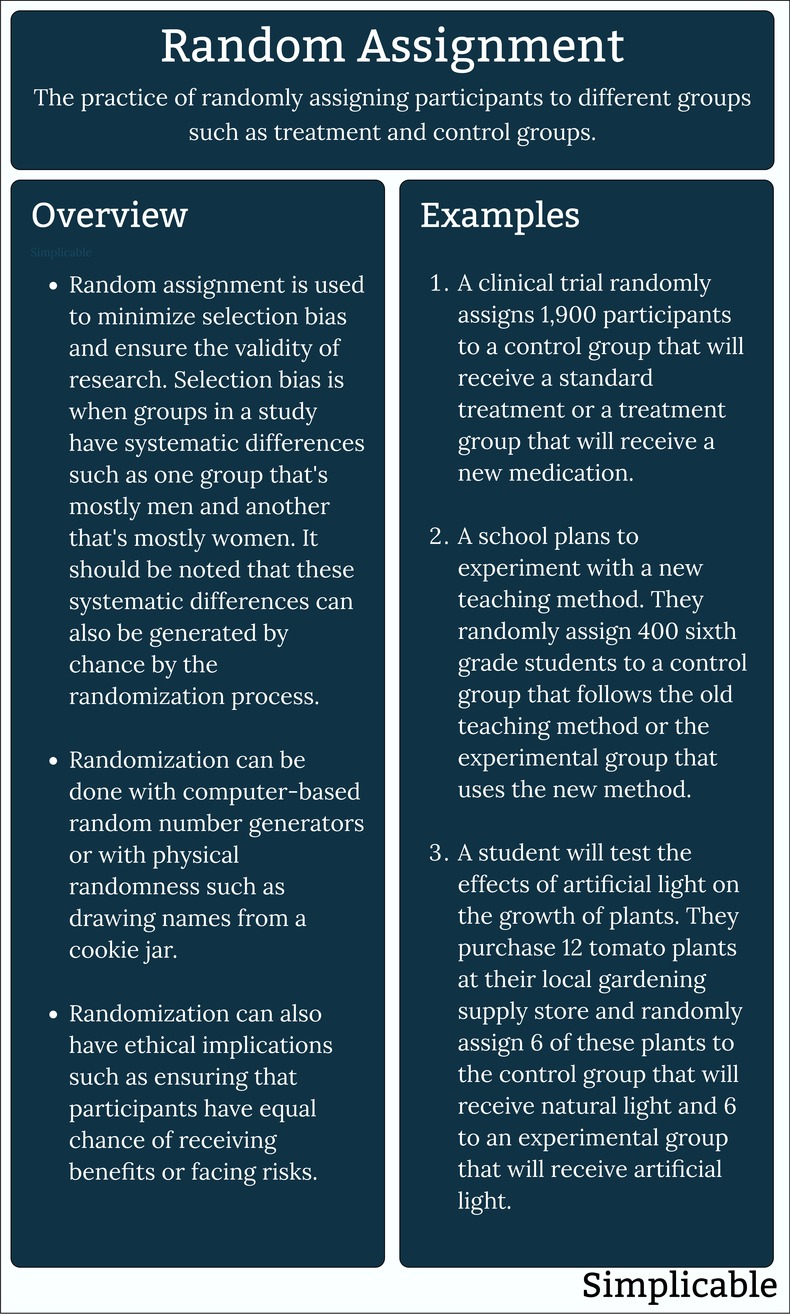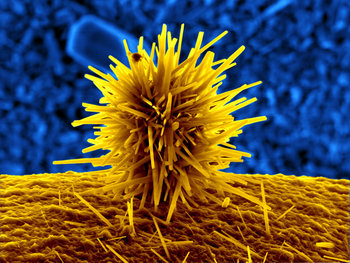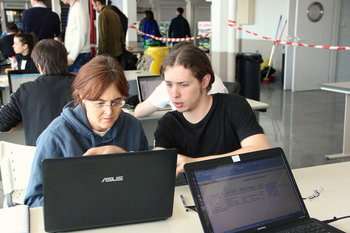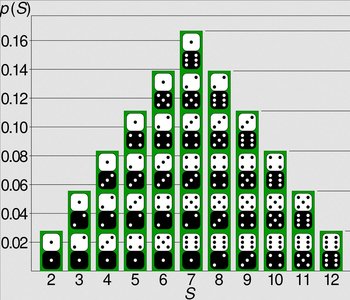Manual Random Assignment
A manual process of random assignment such as tossing a coin for each participant. This can be an intensive manual process that leaves open the possibility of human error.Pseudorandom Number Generator
Software that produces pseudorandom numbers. Regular computer hardware is deterministic and isn't well suited to producing random numbers. Random numbers produced by a regular computer aren't considered truly random and are referred to as pseudorandom.True Random Number Generator
Assigning participants using software that uses a class of hardware known as true random number generators. These may read random physical processes such as thermal noise.Rules + Random Number Generation
A set of rules may be applied to random assignment to ensure that treatment and control groups are balanced. For example, in a medical study, a rule could be applied that each group have an equal number of men and women. This could be implemented by applying random assignment separately for male and female participants.Random Number Generation + Validation
Random numbers make no guarantee that your control and treatment groups will be balanced in any way. This is particularly true for small studies with few participants. For example, perfectly valid random numbers could assign the 78 of the 100 heaviest participants in a weight loss study into the same group. To prevent this situation, random numbers may be generated and groups examined for balance using predefined conditions. If the conditions are not met, the randomization is repeated until they are met.Overview
The process of randomly assigning participants to research groups such as control and experimental groups in order to reduce selection bias.
| Summary: Random Assignment | ||
Type | ||
Definition | The process of randomly assigning participants into treatment and control groups for the purposes of an experiment. | |
Related Concepts | ||

























